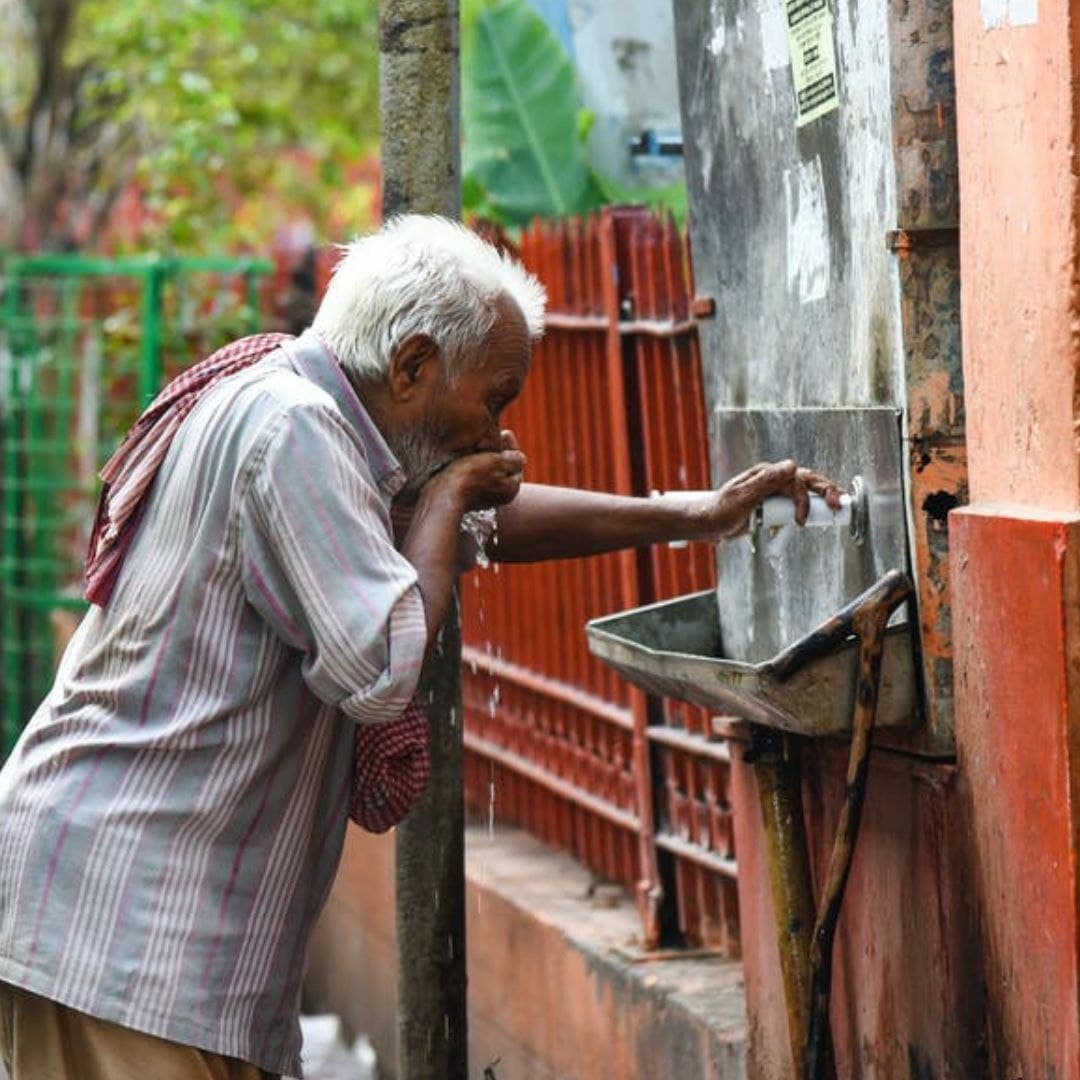
Image Credit: Pexels (Representational)
1.11 Lakh Out Of 13 Lakh Drinking Water Samples Tested Under Govt Programme Found Contaminated
Writer: Madhusree Goswami
A mountain girl trying to make it big in the city. She loves to travel and explore and hence keen on doing on-ground stories. Giving the crux of the matter through her editing skills is her way to pay back the journalism its due credit.
India, 19 Oct 2021 4:54 AM GMT
Editor : Palak Agrawal |
Palak a journalism graduate believes in simplifying the complicated and writing about the extraordinary lives of ordinary people. She calls herself a " hodophile" or in layman words- a person who loves to travel.
Creatives : Madhusree Goswami
A mountain girl trying to make it big in the city. She loves to travel and explore and hence keen on doing on-ground stories. Giving the crux of the matter through her editing skills is her way to pay back the journalism its due credit.
The samples were collected under the government's drinking water testing and surveillance programme.
Over 1.11 lakh of the over 13 lakh drinking water samples tested across the country under a government programme have been found contaminated, revealed official data.
The samples were collected under the government's drinking water testing and surveillance programme. The contamination of samples includes that from naturally occurring chemicals and minerals, such as arsenic, fluoride, iron, and uranium, in the earth layer, local land use practices like fertilizers, pesticides, livestock, and concentrated feeding operations, the data under the Jal Shakti ministry programme stated, reported Moneycontrol.
Arsenic water contamination is estimated to affect about 50 million people in India alone.
What Constitutes Water Contamination?
The report also added that contaminations can be induced by manufacturing processes like heavy metals or cyanide near drinking water sources. The ministry said that water contamination also includes malfunctioning on-site wastewater treatment systems such as septic systems and twin pit toilets; microbial contamination through a mixture of wastewater in the drinking water source or distribution line.
Out of the 13,17,028 samples tested in laboratories, 1,11,474 were found contaminated, according to the data. If a water sample fails a quality test, authorities can be informed online and they can look into any action that has been initiated, an official said.
The testing of water samples is being carried out across 2,011 active laboratories, and water from 2,05,941 villages has been tested till now, according to the ministry's data.
The government has also started water quality surveillance using field test kits (FTKs) under which five women from every village are trained in water quality surveillance to lead these activities in their village, the Ministry said. Data stated that 7,39,362 users have been trained for testing water samples using FTKs, 6,27,752 samples have been tested across 32,697 villages, and 22,518 contaminated samples have been found using the kits.
In March, the ministry launched a framework and guidelines for testing, monitoring, and surveillance of drinking water quality as well as a water quality information management system (WQMIS), an online portal that provides detailed information on laboratories.
Effect Of Contamination
Contaminated water and poor sanitation are linked to transmission of diseases such as cholera, diarrhoea, dysentery, hepatitis A, typhoid, and polio, according to the World Health Organistaion.
 All section
All section














